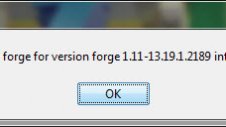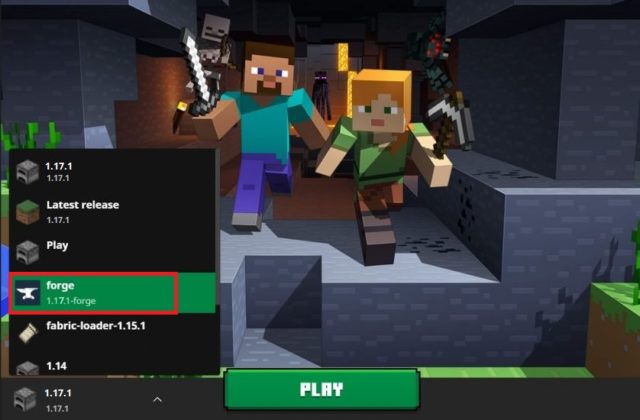

Nowadays, many mod developers use Forge because players already have it installed because previous mod developers used Forge because that player base had Forge installed, and so on and so forth. Alternatively, mod users are familiar with Forge and its efficient mechanics, so hardcore mod fans will likely already have Forge installed. Many metrics required to bring such a concept to Minecraft are already included in Forge, so at some point, it simply becomes a matter of filling in the blanks.

Say a mod developer wants to add a new type of block or weapon. To add to this explanation, Forge offers many useful and intuitive tools for the developer to use. Because mod users are also familiar with Forge, it is highly advantageous for a developer to use Forge. If developers use the same (or similar, at the very least) programs to create their mods, testing, creating, and publishing would be easy. Because mod developers needed a standard to build their ideas in, they turned to popular programs such as Forge. So why do so many mods require the installation of Forge? As mentioned above, many mod developers use Forge to turn their ideas into realities. Since then, Forge has evolved into one of the most popular and used mods. Originally, it started as a way for mod developers to use an engine with easy-to-learn metrics. Because Forge is so common amongst mod developers and users, developing a mod with the use of Forge is a concept that people are familiar and comfortable with. So what is Forge? Forge is a program, so to speak, that allows mod developers to bring their ideas to life in a way that is familiar.

Essentially, this mod is absolutely vital for those who want to install mods in general, as many mods require the installation of Forge. There are tons of other mods out there that require Minecraft Forge to be installed. Minecraft Forge API for Minecraft 1.19.4 is one such exception. Very rarely is a Minecraft mod the basis for hundreds of other mods.


 0 kommentar(er)
0 kommentar(er)
